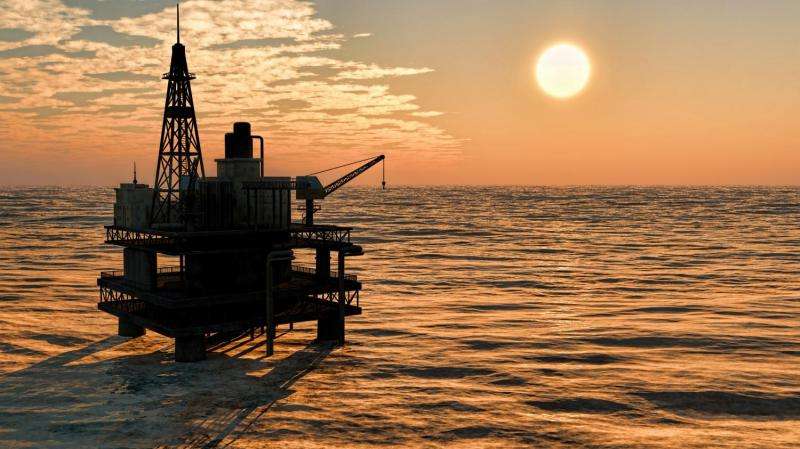Improving CO2 storage using hospital scanner

Researchers at the University of Bergen (UiB) have identified PET scanning as an effective tool for improved oil production and CO2 storage.
PET scans are well known from the health service and the researchers were investigating further uses for this technology, to try and promote more climate-friendly oil production – including improved CO2 storage.
"Using PET scans improves our understanding of the mechanisms behind CO2 storage and show the possibilities for a more effective use of CO2 in oil production, and also to measure CO2 leakage," says associate professor Martin A. Fernø at the Department of Physics and Technology (IFT), University of Bergen (UiB).
From Texas to the North Sea
Since November 2015, the reservoir physics community at IFT have coordinated the five year long research project CO2 Foam EOR Field Pilots, led by Professor Arne Graue. The project is a part of the CLIMIT programme, supported by the Research Council of Norway.
"The main goal of this project is to understand the physics behind displacement and to develop a new technology for synchronous CO2 storage and a more effective oil production by using CO2 foam," Graue says.
To achieve necessary knowledge on CO2 injections, for combined storage and oil production in the North Sea in the future, the researchers will attempt a step by step scaling up from the laboratory to small oil fields in the American states of Mississippi and Texas.
"We want fast and cost-effective scientific findings, leading to a field test project on the Norwegian continental shelf. This is why we are doing tests in smaller fields in Texas, where CO2 is commercially available and the necessary infrastructure exists," says Graue.
Radioactive CO2
The researchers believe that PET scans could become an important tool to evaluate storage capacity and potential for extraction. By using PET and radioactive tracers, the researchers can show the flow of liquid or gas in the rock. Radioactive CO2 is pumped into rock samples from the reservoirs where the CO2 is to be stored.
"By testing different imaging techniques like MRI, CT and PET, we found that a combination of PET and CT is optimal for our purposes," says Fernø.
Fernø has recently published two articles on these discoveries in the scientific magazines Water Resources Research and Geophysical Research Letters (GRL). The articles are results of pioneer research in the use of CO2 marked by radioactive C11 for visualizing the CO2 flow in porous rock under high pressure.
"The studies concluded that PET is especially suitable for visualizing the liquid flow in rock with high density, which is very difficult by other methods," Fernø explains.
Simultaneously, as part of the new research project, the use of CO2 foam is being studied to achieve a more effective oil production and CO2 storage. By mixing foam from soap and CO2, the gas flow will decrease, and the gas will spread more widely in the reservoir. The mechanisms behind the formation of foam and the reduction in gas flow, will be studied using the PET technique.
"The result of creating more CO2 foam, is increased CO2 storage, and increased oil production, by injecting CO2 into old reservoirs," says Fernø.
Enthusiasm in the industry
The CO2 Foam EOR Field Pilots project includes 11 universities and 10 oil companies from five countries. The research collaboration focuses on new possibilities in making oil and gas production greener, by reducing CO2 emissions by simultaneous storage.
"The international research environments on petroleum are all very interested in this project. In particular, they find it positive that so many leading universities in this field of research can collaborate within this project," says Graue.
"The oil industry is also very excited about the project. The coal industry in the USA also support the project, and contribute with man-made CO2 to the field tests in addition to financial support, " Graue says.
"The support from the Research Council of Norway´s CLIMIT programme has been vital for the realisation of our research," says Graue.
The oil industry is also contributing to the pilot study by providing an oil field, financial support and internal expertise.
More information: M. A. Fernø et al. Flow visualization of CO in tight shale formations at reservoir conditions , Geophysical Research Letters (2015). DOI: 10.1002/2015GL065100 M.
A. Fernø et al. Combined positron emission tomography and computed tomography to visualize and quantify fluid flow in sedimentary rocks, Water Resources Research (2015). DOI: 10.1002/2015WR017130
Journal information: Geophysical Research Letters , Water Resources Research
Provided by University of Bergen



















